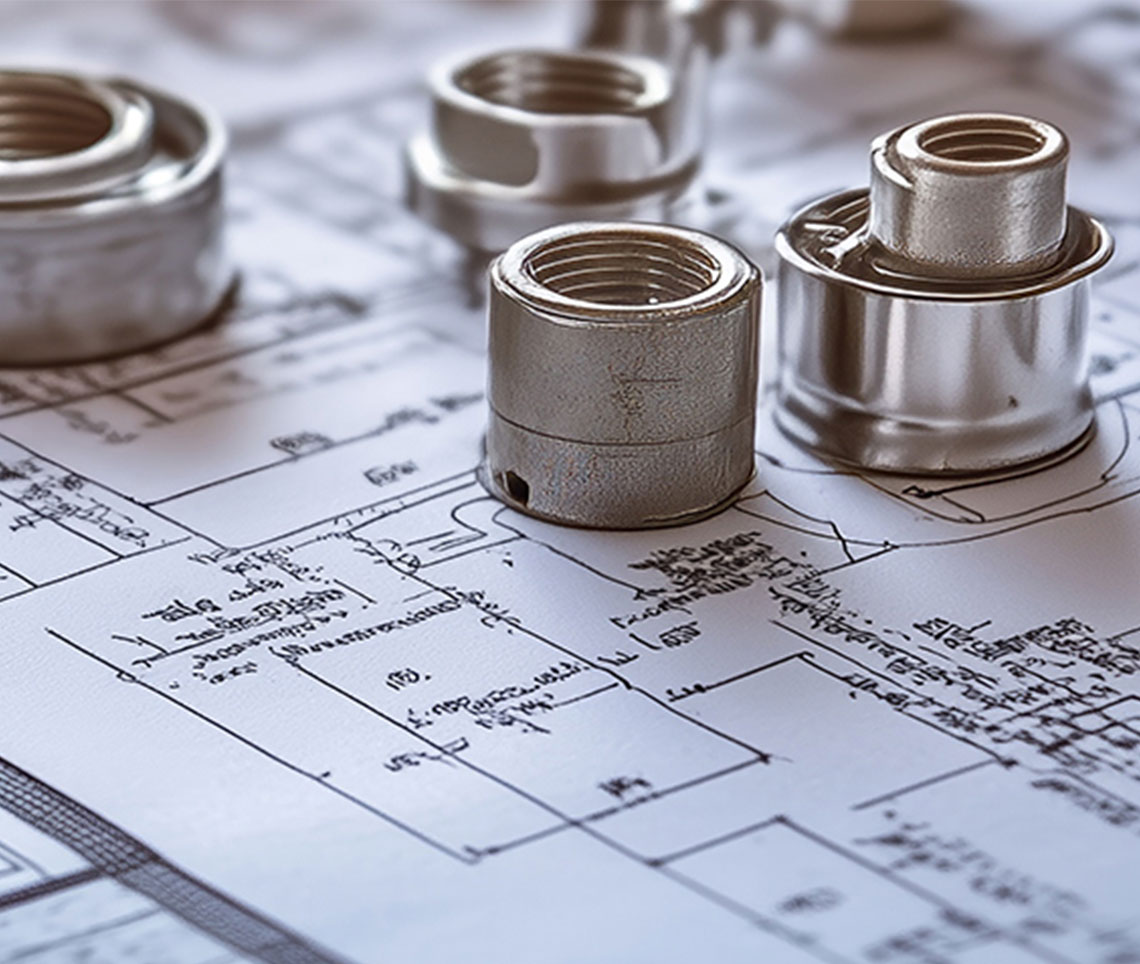How to Measure Airflow for Better Air Conditioner Performance
March 8, 2024
When installing an air conditioner, it is crucial to accurately measure your airflow. Often, we hear that the airflow is "good," but what does that mean? For air conditioning setups, the goal is to achieve 400 CFM (Cubic Feet per Minute) per ton. So, how can we verify this?
The most reliable method to assess airflow is through the static pressure technique. Let's discuss what static pressure is. Static pressure is the measurement of air pressure that pushes on the outside walls of the ductwork. This pressure is much like the pressure in a balloon. As airflow (CFM) increases, the static pressure increases.
To get an accurate airflow measurement, you should take a static pressure reading after the air filter and another before the A-coil. These measurements are typical for standard split systems; air handlers may require a different approach. After recording both readings, you should add them together.
For example, if the pressure after the filter is 0.35 inches water column (wc) and before the A-coil is 0.30 inches wc, the Total External Static Pressure (TESP) would be 0.65 inches wc.
With these values, you can refer to the blower performance chart in the installation manual to compare blower speed and static pressure to get the actual CFM. This comparison helps you decide whether to increase or decrease the blower speed to meet your specific needs.
Keep in mind, if the airflow is too low, this can lead to several issues such as liquid refrigerant backflow, coil freezing, or an inability to meet the home's cooling demands. On the other hand, if the CFM is too high, the system will not dehumidify properly and cause comfort issues and high electrical usage.















